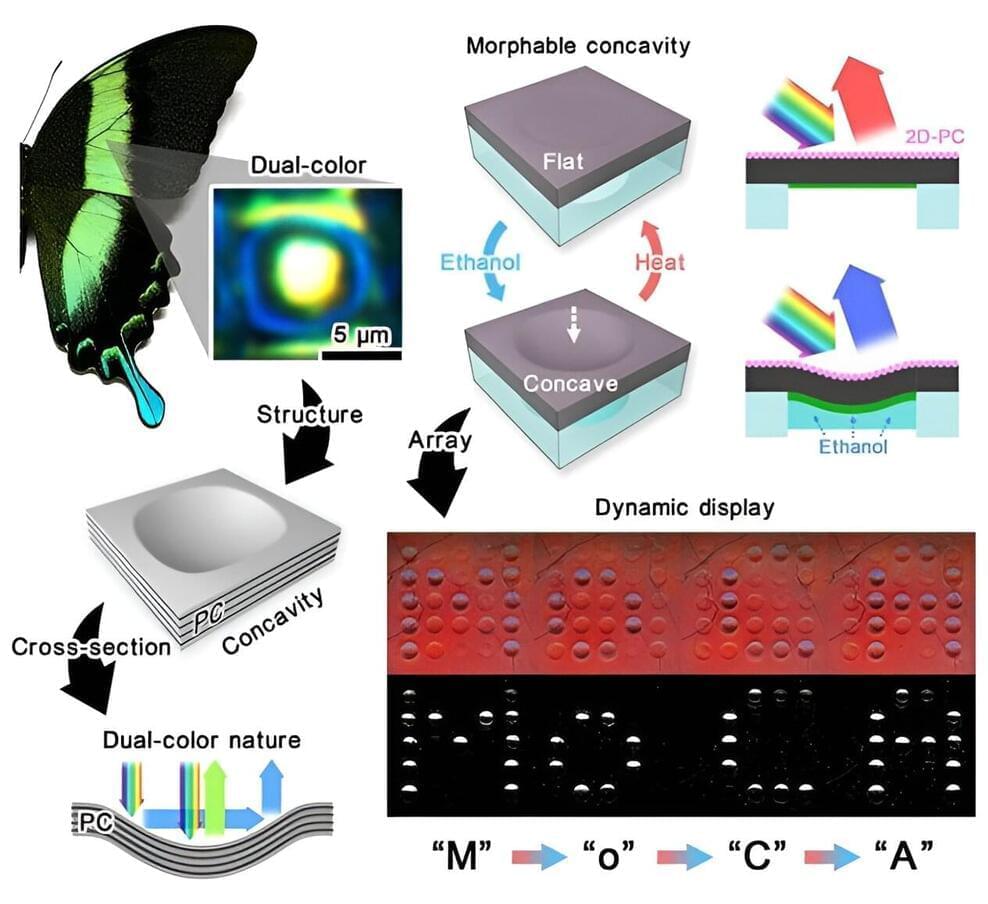Oct 13, 2023
Hybrid transistors with silk protein set stage for integration of biology and microelectronics
Posted by Jose Ruben Rodriguez Fuentes in categories: biological, computing, mobile phones
Your phone may have more than 15 billion tiny transistors packed into its microprocessor chips. The transistors are made of silicon, metals like gold and copper, and insulators that together take an electric current and convert it to 1s and 0s to communicate information and store it. The transistor materials are inorganic, basically derived from rock and metal.
But what if you could make these fundamental electronic components part biological, able to respond directly to the environment and change like living tissue?
This is what a team at Tufts University Silklab did when they created transistors replacing the insulating material with biological silk. They reported their findings in Advanced Materials.


















